The Correct Order of the Six Style Periods of Western Art Music Is
How to detect your art style
If y'all were asked to brand a listing of your favourite artists, chances are you lot'd be able to explain the small quirks or creative decisions they've made that fabricated an impact on you. You might have even tried to recreate these styles in your own pieces.
But is honing a fashion – either someone else's or your ain – an achievable goal? Or is information technology counter-intuitive to your development equally an artist? The answers depend on how you lot want to work, and to effigy everything out you need to listen to your instincts. This article explores how different artists accept developed a 'look'.
For more than communication on honing your fine art, explore our guide to mastering dissimilar fine art techniques, and our roundup of tutorials exploring how to draw only about anything.
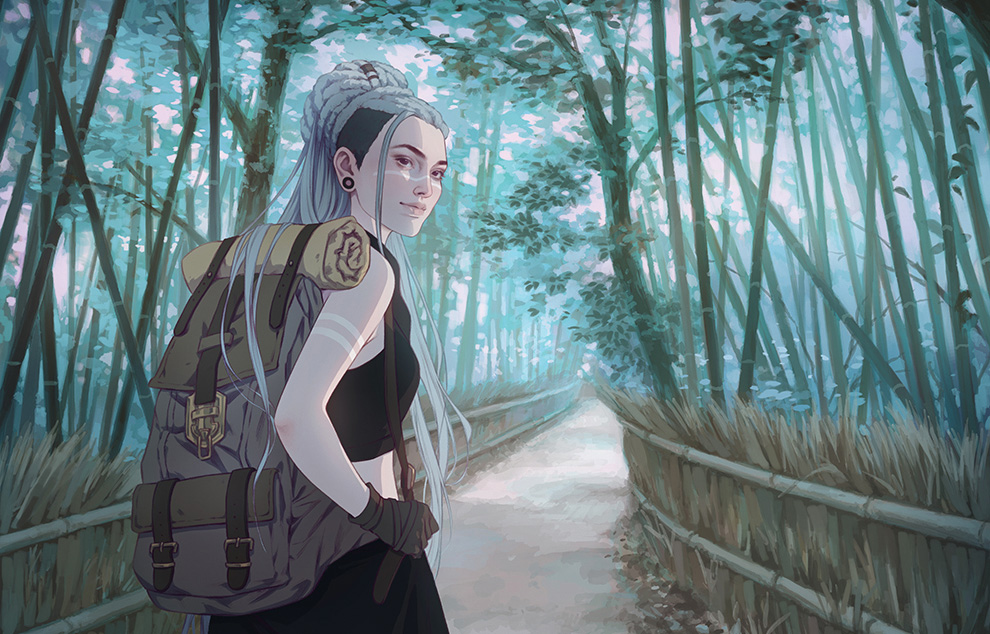
Various factors contribute to the development of a mode. For fantasy illustrator Djamila Knopf, it can all exist traced back to watching Crewman Moon for the first time. "The minute that intro came on I was completely mesmerised," she explains. "To my five twelvemonth-former self, the colours, the style, the story, the transformation scenes – it was all perfect. From so on, I drew Sailor Moon fan art not-stop and tried to emulate the style."
Today Knopf describes her piece of work as evoking a "sense of wonder and nostalgia", which sounds like a fitting way of carrying forward her formative anime feel. "I use colours that are far from realistic and so they create a more dream-like, alternate reality."
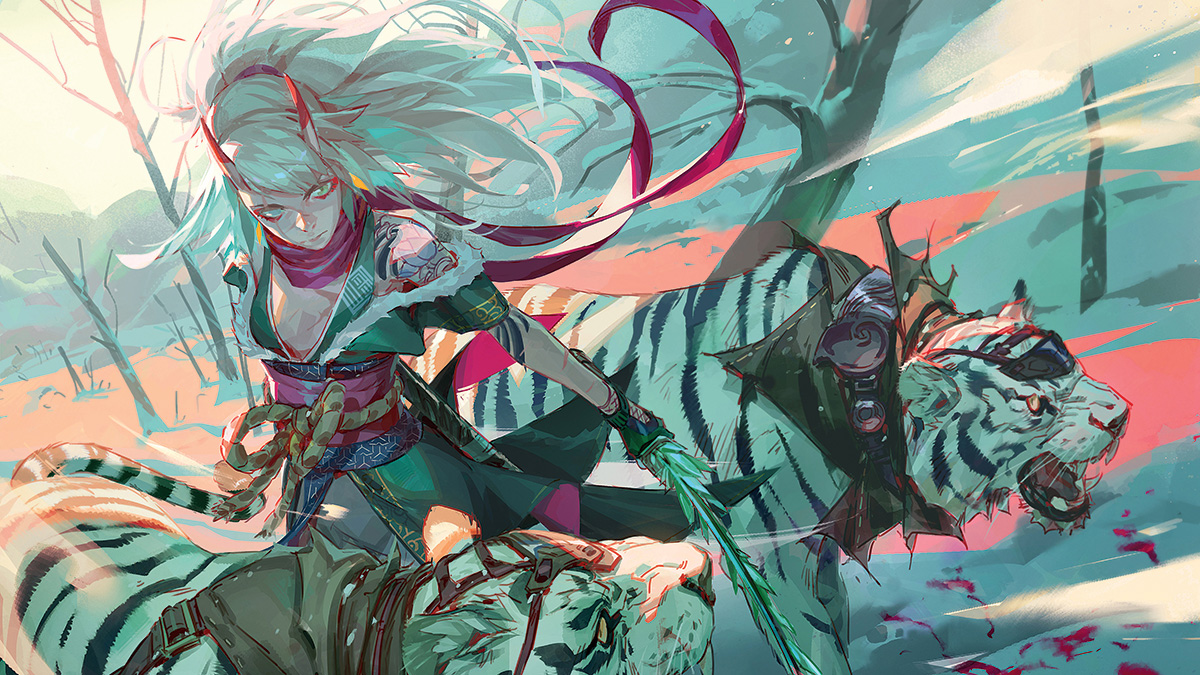
Freelance illustrator Toni Infante had a similar experience upon discovering manga. "Dragon Ball was probably the commencement one I came across," he says. "Seeing those powerful characters with weird pilus really left an impression on me. I think it's yet easy to run across the influence of Dragon Ball author and illustrator Akira Toriyama on my style, which includes plenty of dynamic shapes and angles."
Career options
So honouring your influences can lead to your way, but can your way lead to work? According to Knopf, a signature style can both open and close doors to potential projects. "If you're someone who enjoys being a chameleon, all ability to you lot! Information technology tin really be nifty when y'all're working on different productions that crave you lot to switch styles," she says.
"But having a manner that people recognise has its advantages, as well. Because yous're existence hired for bringing your unique phonation to a projection. For me, the signature fashion has been my mode to go. Information technology makes me so happy when people tell me that they saw an illustration of mine and recognised the style. When I was trying to work like a Magic: The Gathering artist, I never received comments similar that because all I did was attempt to mimic other people's styles."
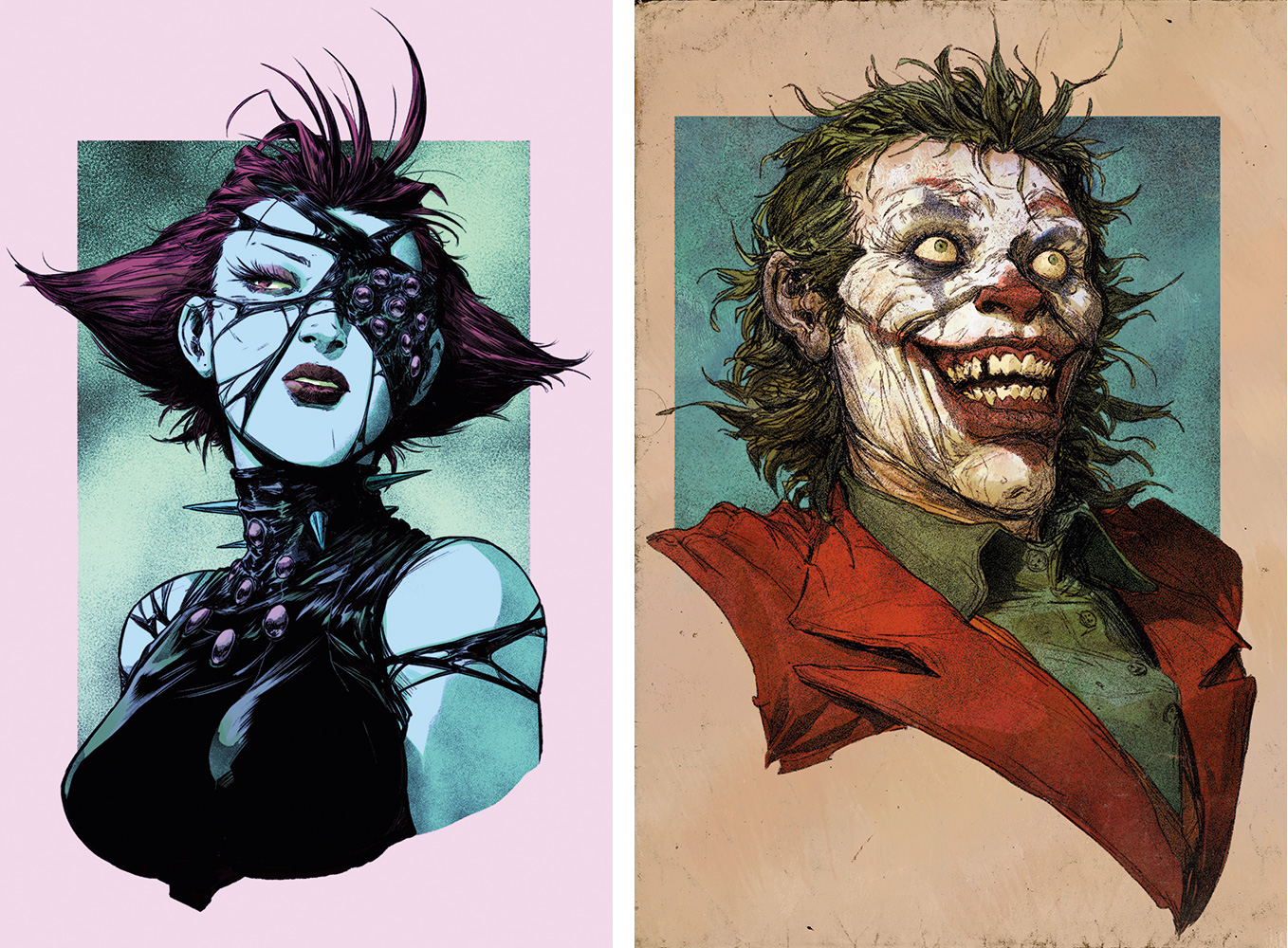
For illustrator, concept and comic artist Dave Rapoza, it'south all-time not to overthink your approach and your position in the manufacture when it comes to fashion. "Yous'll e'er be looking to see what everyone else is doing to stand up out and stop upward comparing your work to theirs, which can be very unhealthy for your development," he says.
"When you're happy doing what you do, people can definitely tell. And if your style is also all your ain through a melting pot of all your influences then you'll get piece of work. Don't worry nearly trying to fit in – there's always someone out there like you lot in all industries."
Dealing with criticism
Following your inspirations tin result in a conflict of creative as well equally professional interests. Some styles come under fire from other creators, which in Knopf's case left her feeling frustrated and insecure almost her abilities. "As long as I can remember, everyone has tried to beat out my anime influence out of me," she reveals. "I kept trying different styles that I thought were expected of me and that were properly 'artistic', only I never settled on anything."
After exploring different styles abroad from the glare of her teachers for a few years, Knopf decided to switch dorsum to what is at present her current way. "Ever since and then, I've been having so much more fun with my work."
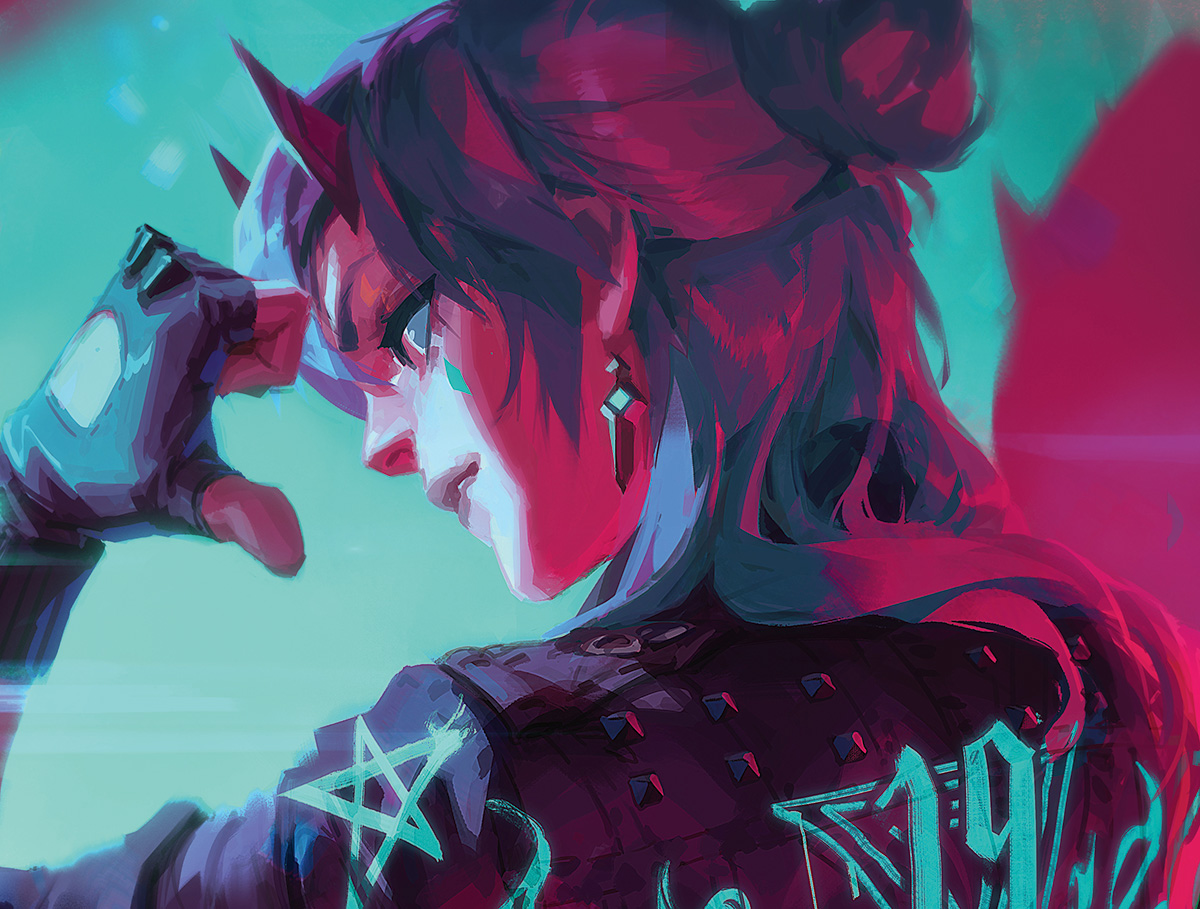
Anime and manga in detail seem to be susceptible styles. Given that the earth is more continued than always, Infante isn't surprised that they are popular styles, although that doesn't mean creators tin can rely on them entirely. "I think that if someone imitates a detail style or artist without calculation in anything, they're not beingness honest with themselves," he says. "Information technology's from the mix of influences that creative things happens."
"Manga is an art style that only comes nether criticism in a narrow field in this industry," Rapoza adds. "If you enjoy doing a manga mode and it makes you excited to sit down down every twenty-four hour period and draw, then y'all must follow your instincts."
Finding your voice
Knowing yourself and what excites you sounds like straightforward advice, but sometimes even the almost assured artists could practice with a reminder to proceed them on track. "An of import thing I've learnt is that style is non only how you draw only what yous describe," says Knopf. "Often, all it takes is for you to open your sketchbook and await at what yous're doing when nobody gives you whatever instructions – the things you describe just for yourself.
"If you lot're completely lost, creating an influence map could also exist a useful exercise," she adds. "Remember virtually the artists or IPs that resonate with you, put them on a grid and analyse each one. What do you lot like nigh information technology? How could you incorporate that aspect into your ain work?"
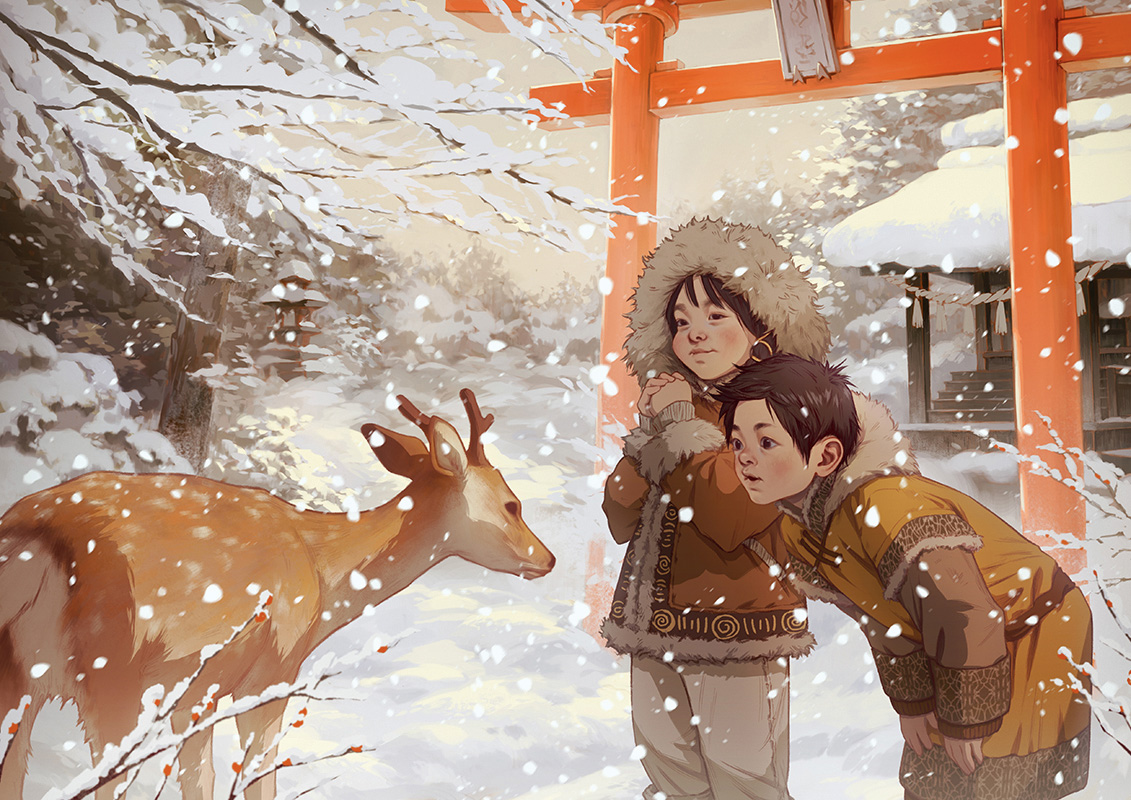
Rapoza takes a less methodical approach. "I don't call up you can truly find your phonation without failing over and over and never settling for comfort," he says. "Don't limit yourself by existence afraid to evidence the weakness of what you practice. Address it and put it out in that location on the forefront. Show people what it takes to attain your best version of you lot every bit an artist."
This commodity was originally published in ImagineFX , the world's acknowledged magazine for digital artists. Subscribe hither .
Read more than:
- xv tips for improve creature design
- How to create powerful creative compositions
- 27 top character blueprint tips
Related articles
Source: https://www.creativebloq.com/advice/how-to-find-your-art-style
0 Response to "The Correct Order of the Six Style Periods of Western Art Music Is"
Отправить комментарий